Florence, Vasari Corridor reopens, accessible to all for the first time
The Vasari Corridor, one of the most fascinating and historically rich places in Florence, from tomorrow, December 21, 2024, finally reopens to the public, and becomes accessible, for the first time to all, with a special ticket. This aerial passageway, designed in 1565 by Giorgio Vasari at the behest of Duke Cosimo I de’ Medici, connects Palazzo Vecchio to Palazzo Pitti by crossing the Uffizi Gallery, the Arno River and numerous historic buildings.
The Corridor’s route, about 750 meters long, begins on the second floor of the Uffizi Gallery, in the rooms dedicated to Venetian painting, and ends next to Buontalenti’s Grotto in the Boboli Gardens. The visit is a journey through centuries of history and culture: the walkway skirts the Arno River, passes streets, meanders between historic buildings and provides wonderful views of the city. Highlights include the view of the church of Santa Felicita and the stretch around the Torre de’ Mannelli, an example of Vasari’s architectural ingenuity.




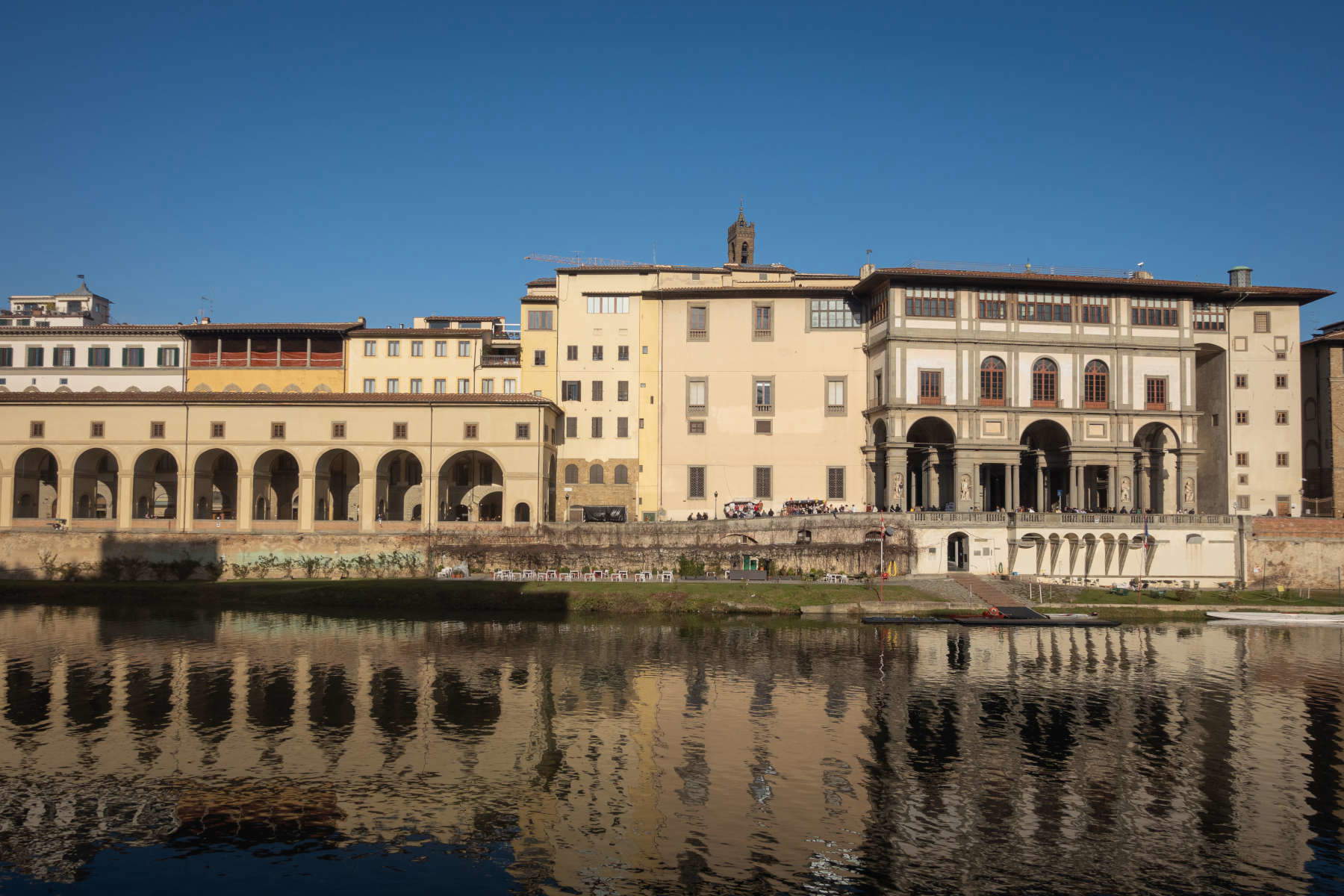
The Vasarian Corridor today: what visitors will see
The Vasarian Corridor has been restored to its original bareness: no special displays, therefore, no works inside. Visitors will simply see that “aerial tunnel” that was designed to provide the Medici Grand Dukes with safe passage from their private residence in Palazzo Pitti to the seat of government, Palazzo Vecchio, the Corridor. The work, built in just five months in 1565 on the occasion of the marriage of Francesco I, son of Cosimo I, to Giovanna of Austria, must have impressed the guests at that ceremony from the start.
Closed since 2016, it reopens following a consolidation and recovery project that was carried out by the Uffizi and Soprintendenza and unveiled in 2019 after 18 months of studies, research and investigations involving dozens of specialists who worked on a thousand program pages, 201 square meters of elaborate work carried out, 23 specialized reports, 2,435 photographs, dozens of tests and essays on materials. The work, totaling about 10 million euros plus the million donated in 2023 by U.S. contractor Skip Avansino, started in 2022 and was completed in recent weeks. The last restoration dated back to the 1990s.
Important new features include complete accessibility for people with disabilities thanks to an integrated system of ramps, platforms, and elevators that makes it easy to overcome any height difference along the tour route. In addition, the corridor is equipped with restrooms, is illuminated with energy-efficient LEDs and is fully video monitored. Still, the Vasari Corridor has been equipped with new emergency exits, five in all, one of which has been made inside the compartment of a pillar after Ponte Vecchio, in Oltrarno, at Via de’ Bardi, while another is at the height of the Cortile delle Cacce in the Boboli Gardens. The interiors have also been restored, particularly the plasterwork, the incannicciati and the terracotta floor.

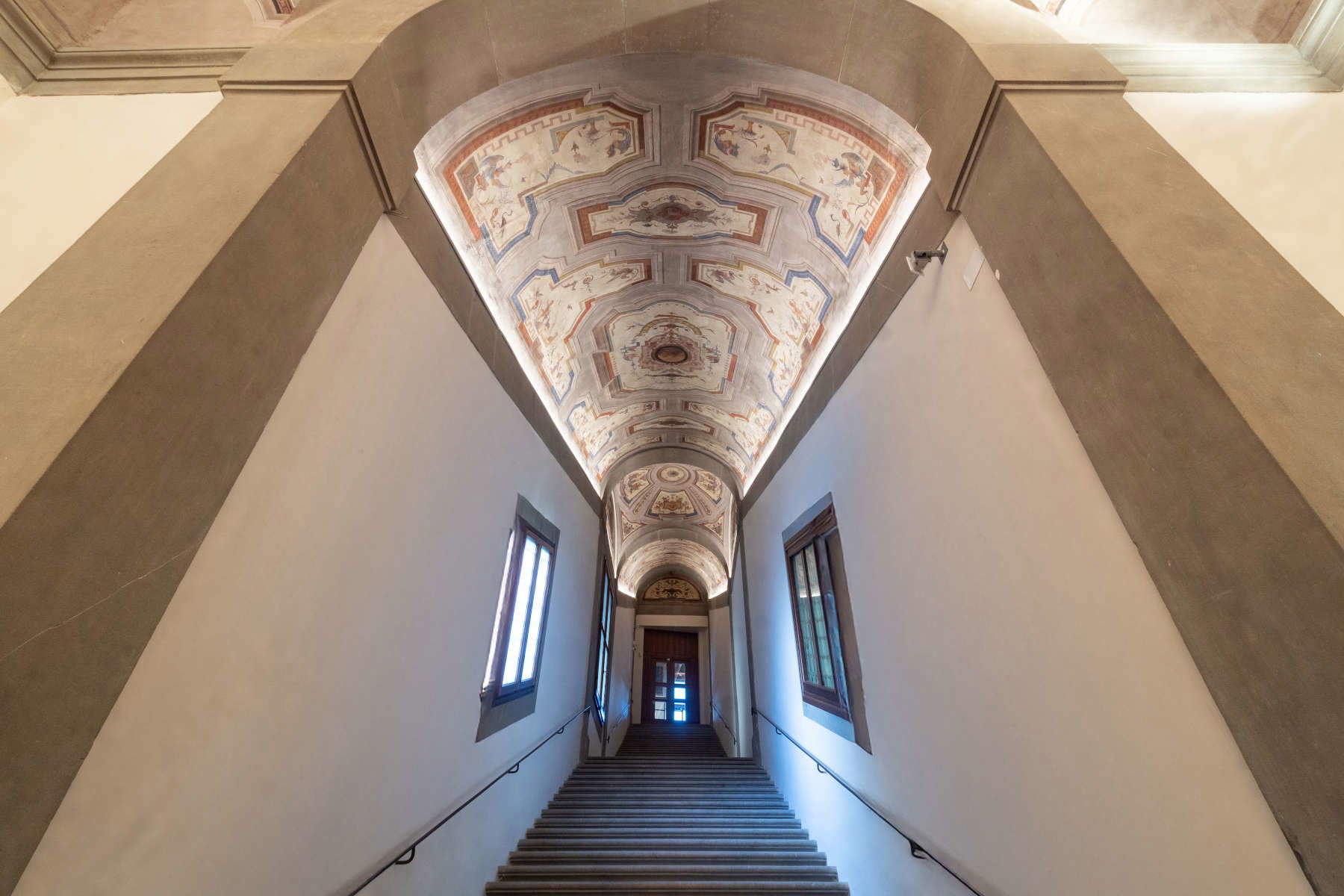
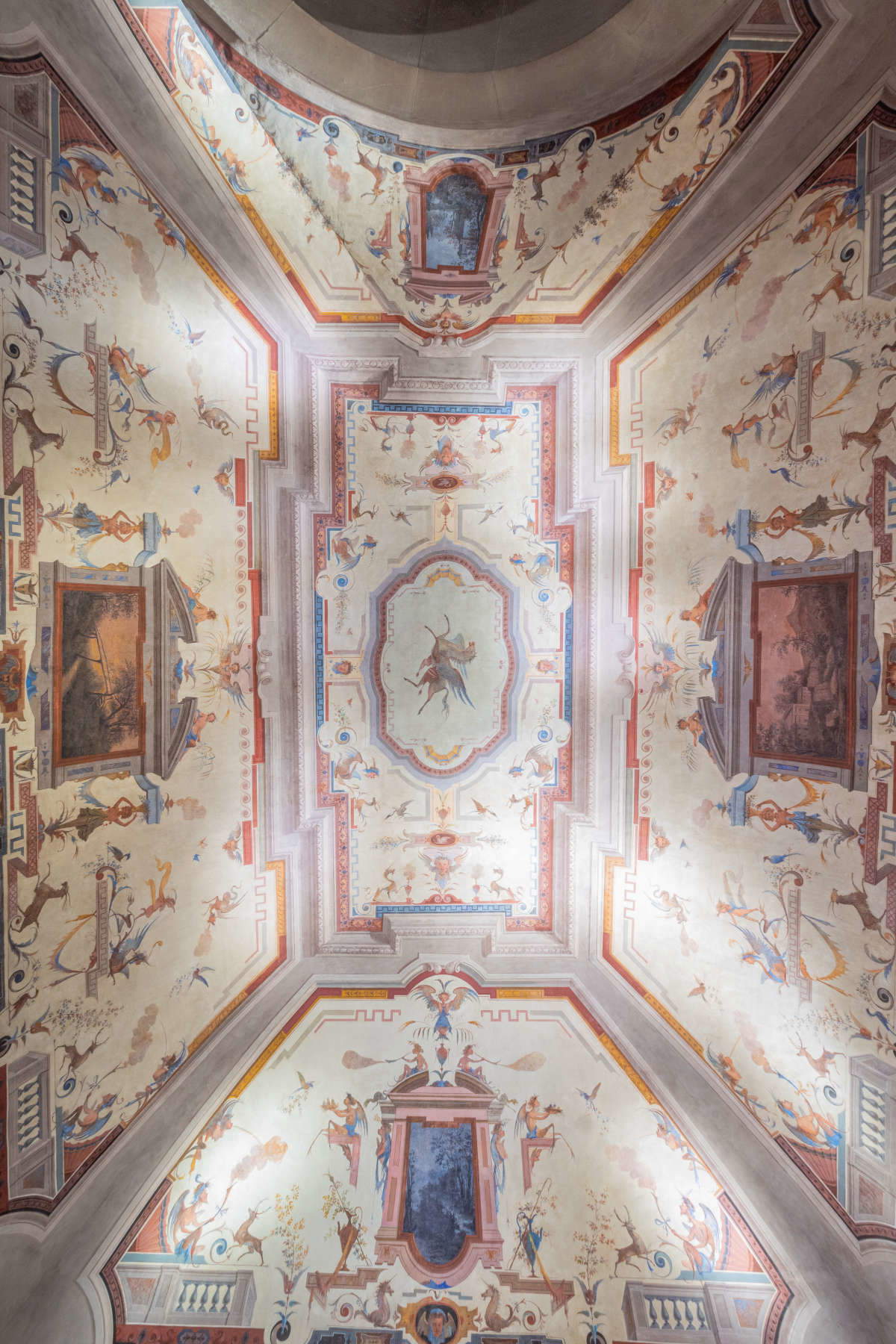

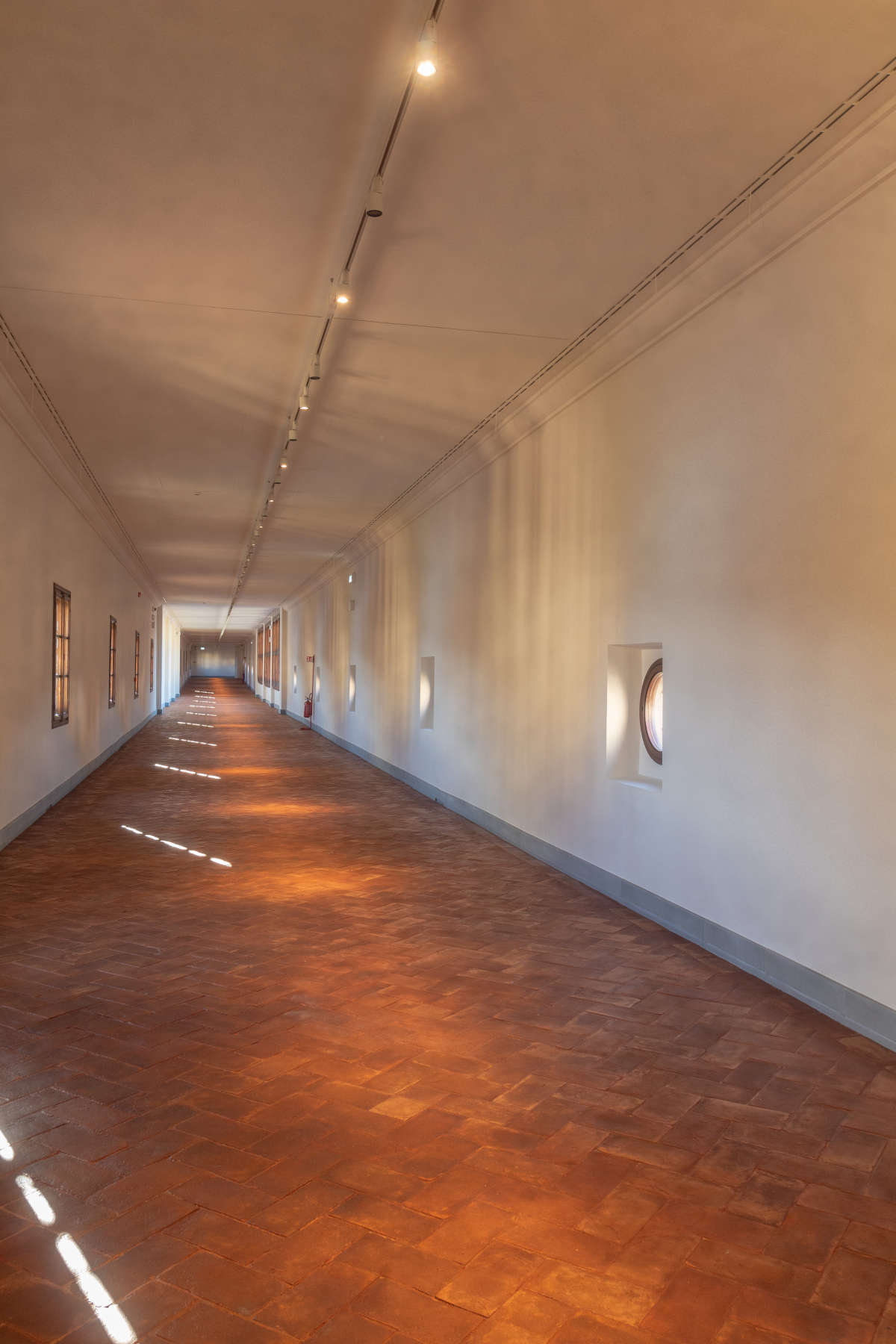
A masterpiece of Renaissance architecture
The work is part of a larger plan to redevelop the neighborhood, once known as “di baldracca” because of its unflattering reputation. Vasari, former author of the Uffizi, designed an architectural complex that combined functionality and prestige. The Pitti Palace, purchased with the dowry of Eleanor of Toledo, became the Medici palace, while the Uffizi prepared to become the first modern museum.
The Vasarian Corridor was not an isolated case. Its design was inspired by the Roman "passetto," the passage connecting the Vatican to Castel Sant’Angelo, and the Bramantean corridor that connected the Vatican Palaces to the Casino del Belvedere. The Florentine project also anticipated similar works in other European capitals, such as the Louvre’s Grande Galerie, built in Paris in the same year.
How to visit the Vasari Corridor
To access the Vasari Corridor, you must purchase a combined ticket with the Uffizi Gallery at a cost of 43 euros. This includes a special surcharge and the opportunity to visit the Uffizi two hours before entering the Corridor. Reservations are mandatory and help ensure a well-organized and safe visit.
Those who already have a ticket for the Uffizi can add the Corridor supplement for 20 euros, provided there are slots available for the same day. The concessions and gratuities provided by the regulations remain valid.
Visits take place Tuesday through Sunday, with groups of up to 25 people, accompanied by two staff members. Entrances take place every 20 minutes, with the first group at 10:15 a.m. and the last at 4:35 p.m. Access is regulated from the space in front of the Venetian Chapel, located on the second floor of the Uffizi.
The route is one-way: starting at the Uffizi and ending at the Boboli Gardens, exiting next to Buontalenti’s Grotto and ending the tour at the courtyard of the Pitti Palace. No more than five tickets may be reserved at a time, even for different dates. Each ticket includes a link and QR code that provide a detailed map to reach the Corridor entrance.





History of the Vasari Corridor
Commissioned by Duke Cosimo I de’ Medici and designed by Giorgio Vasari, the Corridor was built in 1565 for the marriage of his son Francesco to Joan of Austria. This extraordinary structure of about 750 meters allowed the Grand Dukes to move safely from their private residence in Palazzo Pitti to the seat of government in Palazzo Vecchio.
The passageway runs through a unique route that overlooks the city streets, skirts the Arno and crosses it, winds between historic palaces and offers spectacular views of Florence. It even overlooks the Church of Santa Felicita, a detail that testifies to Vasari’s engineering and urban planning skills.
The construction, which lasted just five months, was part of a larger project to redevelop the poor and run-down neighborhood between Palazzo Vecchio and the Arno, known then as “di baldracca.” Vasari demonstrated great mastery, producing a work that combined functionality, safety and aesthetic prestige.

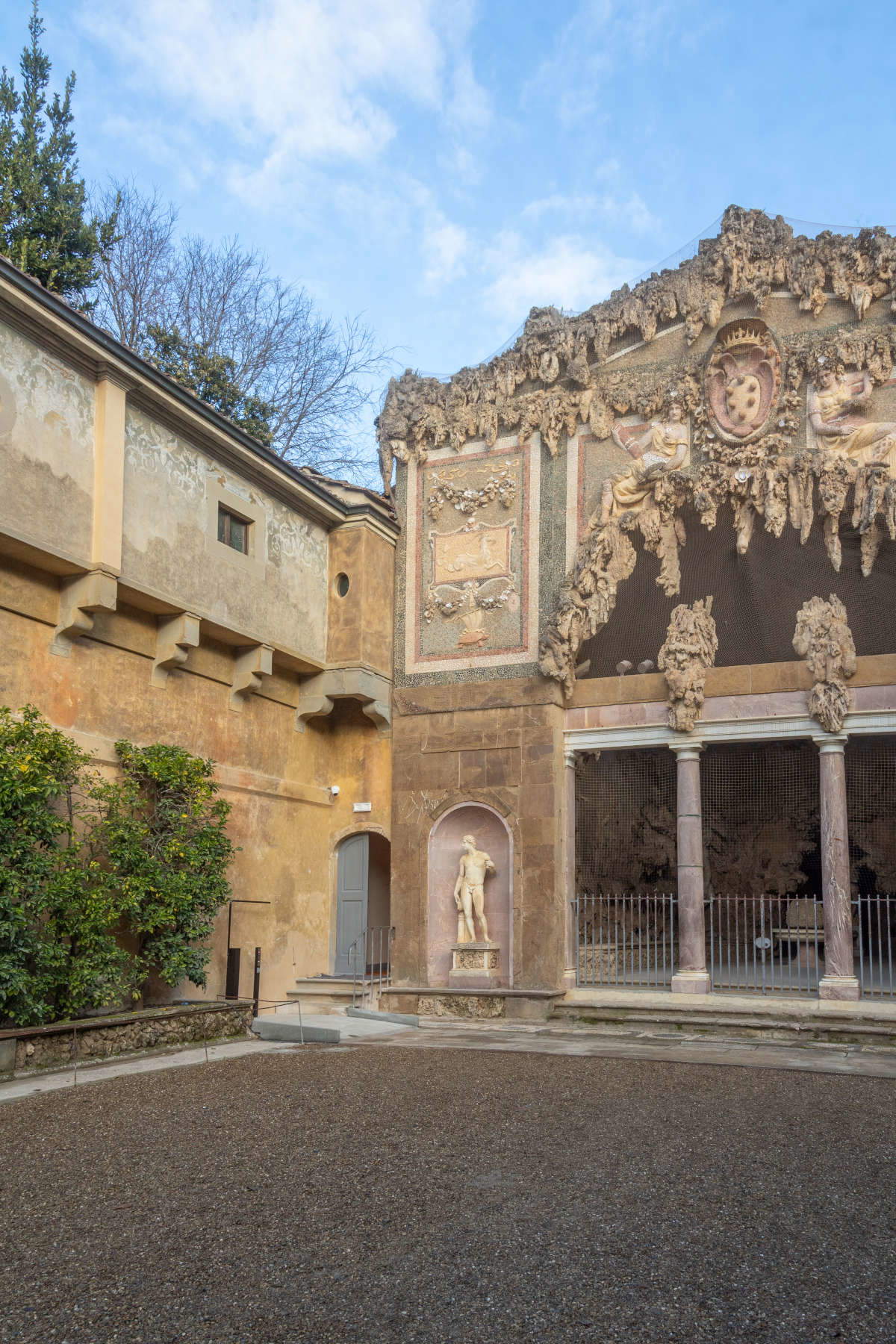



A model for European architecture
The Vasarian Corridor was not only a practical passage, but also a demonstration of power and innovation. It was inspired by the “passetto” in Rome, a secret corridor that connected the Vatican to Castel Sant’Angelo, known for saving the life of Pope Clement VII, born Julius de’ Medici, during the sack of Rome in 1527 (the Vasarian was also called the “passetto fiorentino”). Another source of inspiration was the “corridor” designed by Bramante to connect the Vatican Apostolic Palaces to Innocent VIII’s Casino del Belvedere.
The Florentine model influenced other European cities. In Paris, in the same 1565, Catherine de’ Medici proposed a covered passageway to join the Louvre to the Tuileries Palace, a prelude to the birth of the Louvre’s Grande Galerie (Catherine herself wrote a letter in 1565 to her cousin Henry I, Duke of Montmorency, begging him to “give order, following what which the King my son has written, so that the building of the Tuileries may begin to be included within the city walls, since one could not do me a more pleasing thing than to keep me informed of the opportunities that will open up from this building site.”) In any case, the goal was the same: to ensure the safety of the sovereigns and to create space for the display of art collections.





Statements
Culture Minister Alessandro Giuli states, “After eight years of waiting, the reopening of the Vasarian Corridor returns a masterpiece within a masterpiece to Florence and Italy. Indeed, the ’passetto fiorentino,’ created by the genius of Giorgio Vasari to connect the Medici residence of Palazzo Pitti to the seat of government in Palazzo Vecchio, offers a breathtaking panoramic walk in the heart of a city without equal. Thanks to the structural consolidation and restoration work, the wisdom and skill of the restorers, and the professionalism of the workers, all coordinated by the Uffizi and Soprintendenza, the Corridor is once again available to the public. Accessibility, safety and energy sustainability distinguish an itinerary that, in its complex historical-urban and monumental stratification, allows visitors to admire Florence in all its splendor.”
Simone Verde, director of the Uffizi, says, “Keeping a commitment made to citizens the day after its inauguration, the Vasari Corridor will reopen to the public by the end of 2024. For the Uffizi Complex, this is a moment of strategic importance that allows the unity of its monumental and collecting history to be mended, including in its usability. From December 21, in fact, visitors who wish to do so will be able to go from one side of the Arno to the other, appreciating in all its sprawling expanse the vastness, coherence and richness of the Medici citadel of power and the arts. This opening, in fact, goes hand in hand with the systematic work of museum redevelopment and recomposition that is under way and which sees care concentrated at the same level on both the Vasari complex of the Uffizi and Boboli and Palazzo Pitti.”
 |
| Florence, Vasari Corridor reopens, accessible to all for the first time |
Warning: the translation into English of the original Italian article was created using automatic tools. We undertake to review all articles, but we do not guarantee the total absence of inaccuracies in the translation due to the program. You can find the original by clicking on the ITA button. If you find any mistake,please contact us.





























